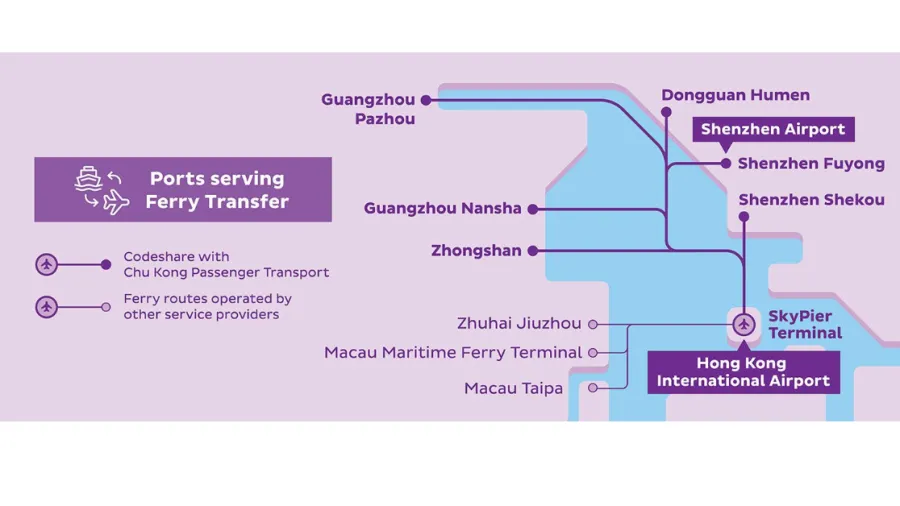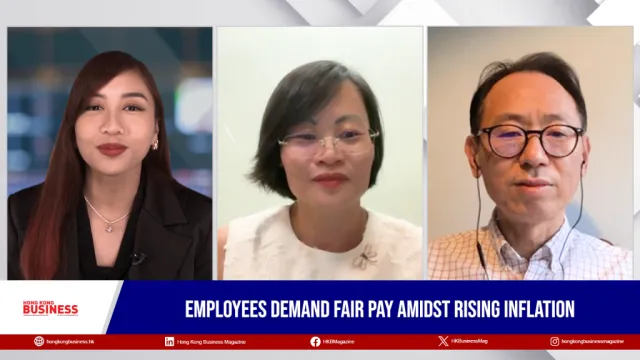
HK Express Airways Adds Guangzhou Nansha Ferry Port to Air + Ferry Pass Network
It now sails to all six major ports in the Greater Bay Area.
HK Express Airways has expanded the Air + Ferry Pass Network by adding a connection at the Guangzhou Nansha Ferry Port, now covering all six major ports in the Greater Bay Area starting on 24 April.
In a statement, HK Express said one sailing is scheduled each day to the Guangzhou Nansha Ferry Power.
This brings its total daily sailings to 51.
ALSO READ: HK Express announces new direct flights to Sanya
HK Express also operates 11 sailings to Shekou Cruise Homeport, four sailings at the Zhongshan Ferry Terminal, three sailings to Humen Hong Kong Macau Ferry Terminal in Dongguan, and two sailings to Shenzhen Airport Ferry Terminal.
It also has four “sea to air” and five “air to sea” sailings to Pazhou Ferry Terminal.



















 Advertise
Advertise








